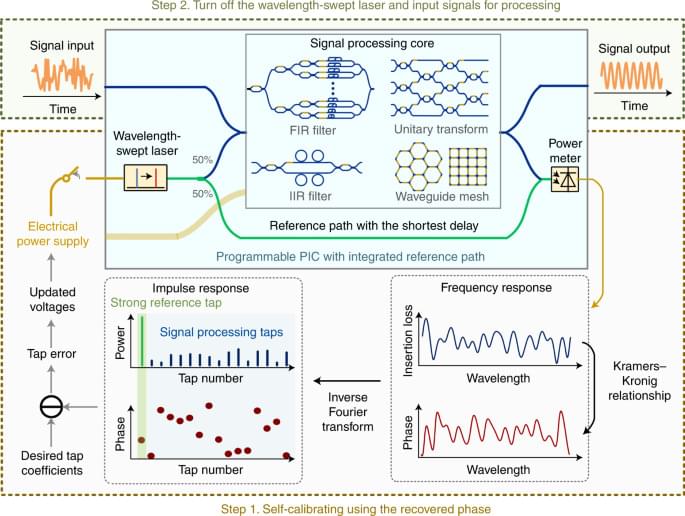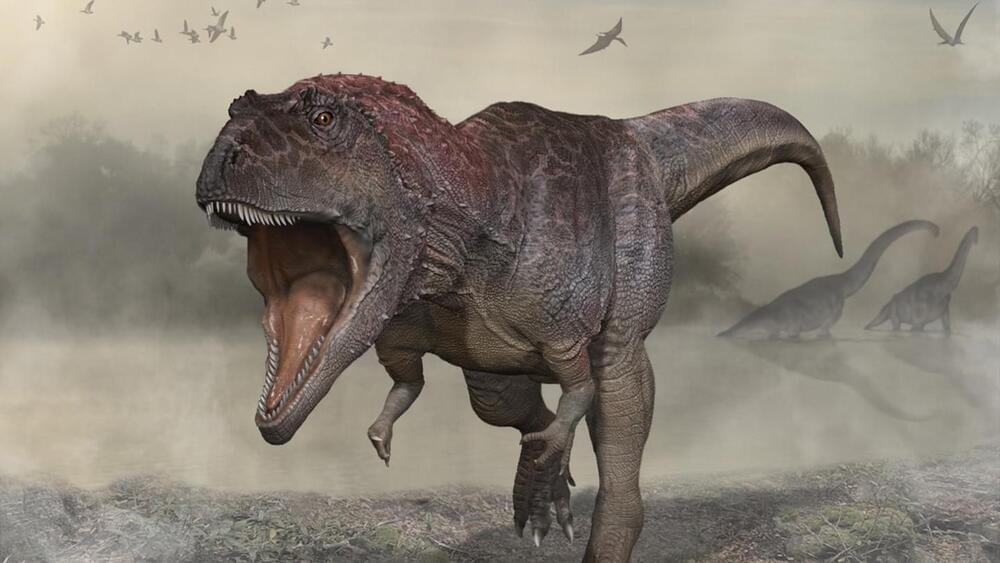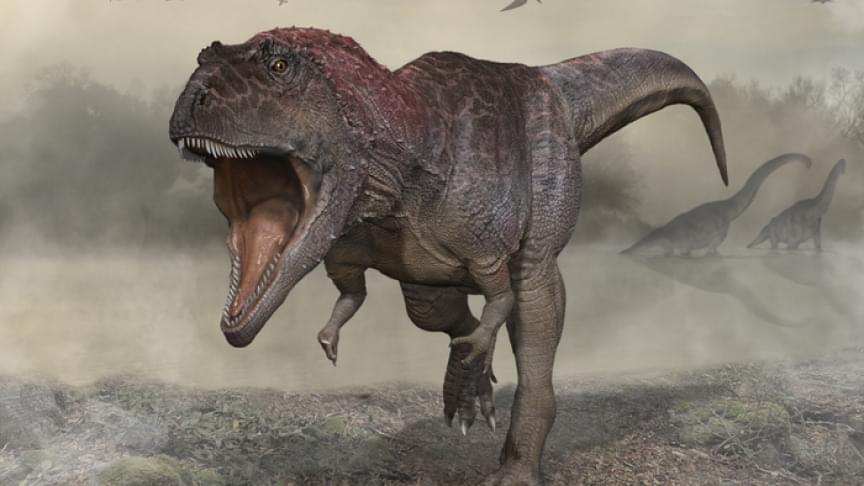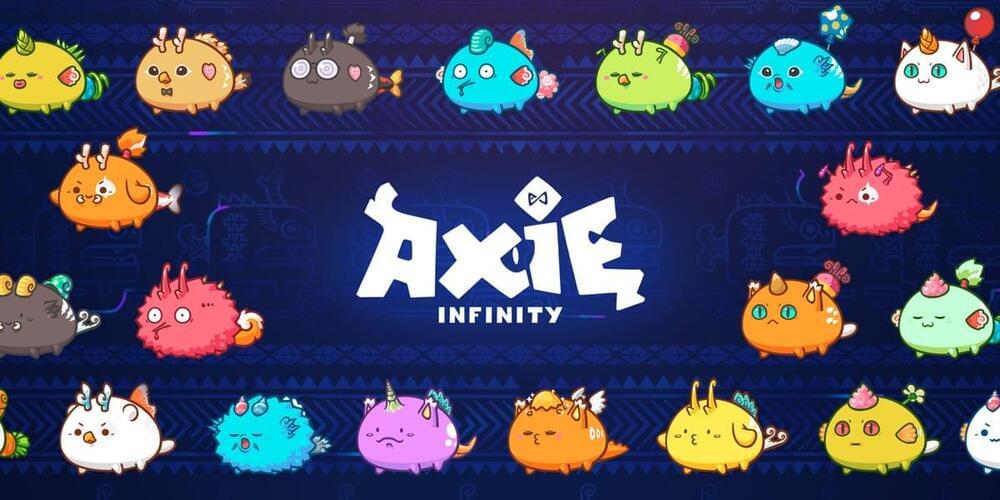Don SpantonUmmm so what?
Worms experience pain. Pigs, chickens also experience pain. … See more.
Nicholi AveryAuthor.
Don Spanton good question.
However pain is not a trivial matter when it comes to abortion. Astudy by the University of Otago Centre for Science Communication, found that A person’s stance on abortion is linked to their, often inaccurate, belief ab… See more.
4 Replies.







